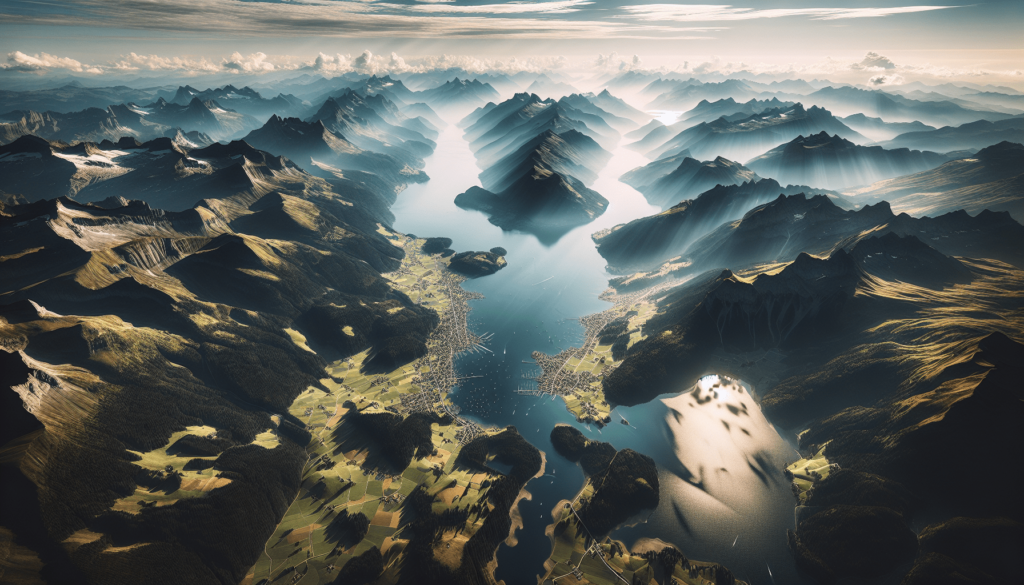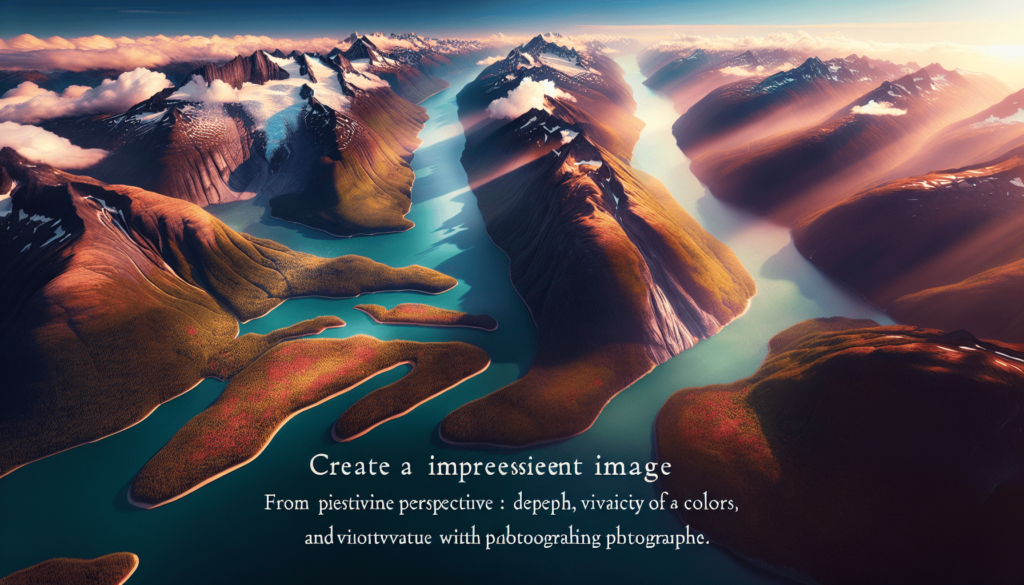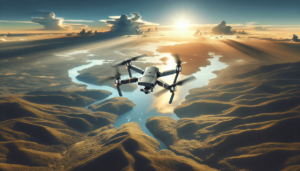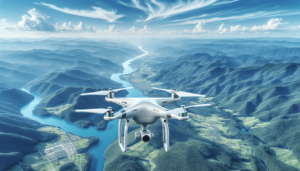Have you ever wondered how some landscape photographs manage to capture such breathtaking perspectives from the sky? As we sit at our desks gazing at these sweeping aerial shots, it’s easy to feel a tug of inspiration or perhaps a hint of wanderlust. We can imagine ourselves, high above, seeing the world from a bird’s eye view, catching vistas that seem untouched and expansive. Let’s talk aerial photography and how we, too, can harness its magic to capture stunning landscapes.
Understanding Aerial Photography
Aerial photography can be both an exhilarating and humbling experience. It’s not just about flying high and clicking away; it’s about seeing the world from a different perspective. In the realm of landscape photography, this means capturing varied textures, patterns, and colors that aren’t visible from the ground. When we take a bird’s eye view, we gain insights into natural and human-made beauty that often go unnoticed.
The Evolution of Aerial Photography
It all began with hot air balloons and kites. Can you picture us with our cameras, precariously balanced and hoping for the best? Thankfully, technology has evolved, and we’re no longer confined to such primitive means. From helicopters to drones, the ways we can achieve aerial shots have certainly advanced. This development doesn’t mean we need to break the bank or have an aviation license. Many modern solutions are accessible, even for those of us just starting out.
Why Aerial Photography for Landscapes?
There’s a reason why aerial shots of landscapes are so mesmerizing. They turn ordinary scenes into abstract works of art and can reveal intricate details of the earth’s surface—details unnoticed from ground level. Consider how a dense forest morphs into a patchwork quilt of green hues, or how the coastline winds like a serpentine dancer along the edge of the sea.
Getting Started with Aerial Photography
Before we fly off into the sunset with our cameras, we need to cover some ground. Preparation can be the difference between a successful shoot and a frustrating one.
Tools of the Trade
Let’s talk gear, shall we? Essentially, aerial photography boils down to two major categories: drones and traditional aircraft. Both come with their own set of pros and cons.
Drones vs. Traditional Aircraft
| Aspect | Drones | Traditional Aircraft |
|---|---|---|
| Cost | Generally affordable, with various price points | Often expensive, limited to rentals or tours |
| Ease of Use | User-friendly, with many offering easy controls | Requires a pilot or additional skills |
| Flexibility | High maneuverability, access to tight spots | Limited movement, ideal for broad views |
| Quality | Dependent on drone model | Consistent, but may require additional equipment |
| Legal Restrictions | Subject to flying regulations, no-fly zones | Less restricted but still needs compliance |
Selecting Your Equipment
Selecting the right equipment is crucial. When choosing a drone, consider the camera quality, battery life, and whether it offers features like stabilization. For traditional aircraft, what we most invest in is the camera and lenses, so high-resolution capabilities and a range of lenses become essential. We need to be resourceful and choose what suits our needs best.

Planning Your Aerial Photography Trip
No matter how agile our drone is or how skilled our pilot may be, without proper planning, our aerial photography expeditions may fall short of spectacular.
Choosing the Right Location
It’s all about location, location, location. Some locations lend themselves more naturally to striking aerial photos than others. Our job is to discern which ones have that potential.
- Diverse Landscapes: Places with varied topography offer more interesting shots.
- Seasonal Changes: Different times of the year bring different colors and textures.
- Iconic Sites: Even familiar landmarks take on new life from above.
Weather Considerations
Weather can be both an ally and adversary. Cloudy days might help diffuse light, while clear skies ensure vibrant colors:
- Wind: Strong winds can affect drone stability.
- Lighting: The golden hours (early morning or late afternoon) cast a soft glow.
- Visibility: Clear days offer the best expansive views.
Tips and Techniques for Capturing Stunning Aerial Landscapes
Now that we’ve prepped and planned, it’s time to capture our masterpiece. Remember, patience and practice make perfect.
Finding Unique Angles
Our perspective from the sky grants us the luxury of creativity in angles. Experiment by combining different altitudes and tilts to find the most compelling angles that accentuate the natural beauty below.
Using the ‘Rule of Thirds’
Composing our shot with the ‘Rule of Thirds’ can be a game-changer. This classic photography technique involves dividing our frame into a three-by-three grid and positioning important elements along these lines or at their intersections to create balance and interest.
Playing with Patterns and Textures
From above, the world is a kaleidoscope of patterns and textures. Fields plowed into stripes, rivers carving their paths, or urban grids—all offer unique opportunities. We should look for areas where repetition or contrast naturally occurs.
Balancing Light
Mastering light is fundamental in photography. In aerial shots, the height can play tricks on exposure levels. It’s crucial to adjust camera settings to balance shadows and highlights to avoid losing details in overexposure or shadows.

Post-Processing: Enhancing Your Aerial Landscapes
With a plethora of editing tools at our disposal, enhancing our aerial photos allows us to accentuate their natural beauty without losing authenticity.
Software Selection
Editing software can range from basic to complex. Whether we’re comfortable with Lightroom or ready to explore Photoshop’s depth, the aim is consistent: enhance, don’t overwhelm.
Essential Editing Techniques
- Contrast Adjustment: To make textures pop and provide depth.
- Color Correction: Slight tweaks can bring natural vibrancy back to overcast shots.
- Sharpness: Enhances details, but should be applied with restraint.
Avoiding Over-Editing
It’s tempting to go heavy on effects, but restraint is our friend. Our goal is to highlight nature’s beauty, not overshadow it with filters.
Legal and Safety Considerations
Finally, before we set the sky as our limit, we need to navigate the necessary legal terrain.
Understanding Drone Regulations
Knowing where we’re allowed to fly our drones is essential. Each region may have specific restrictions and require permits. Ignorance isn’t an excuse when it comes to legal compliance.
Safety First
A responsible aerial photographer ensures safety—not just their own but also that of others around them and the integrity of wildlife and landscapes.
Conclusion
In embarking on our aerial photography journey, we find ourselves equipped with the insight to capture landscapes like never before. It’s an adventurous blend of art and technology, forever challenging us to view the world through a lens of wonder and creativity. As we take to the skies, camera in hand, let’s aim not just to take photographs, but to tell stories from a perspective rarely seen. Who knows what hidden treasures we’ll uncover from above?
![7 Essential Aerial Photography Tips For Beginners [2025]](https://droneaperture.com/wp-content/uploads/2025/01/7-essential-aerial-photography-tips-for-beginners-2025-1-300x171.png)

